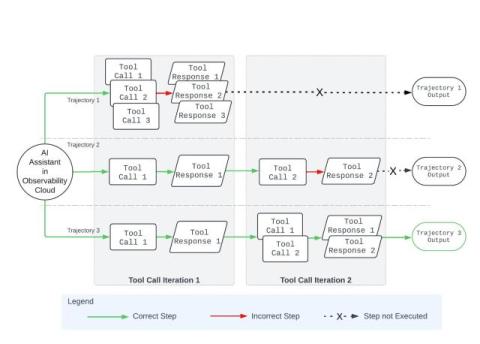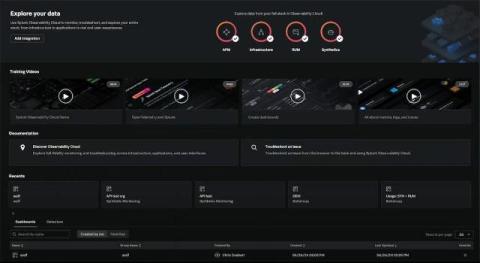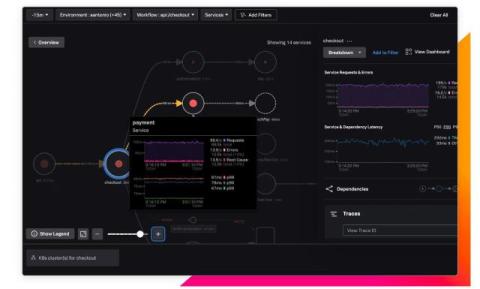Chaos Testing Explained
Chaos testing is a part of site reliability engineering (SRE). In chaos testing, we intentionally break things in and around a given application, in order to: The purpose of chaos testing is to assess how software systems respond to scenarios like network outages, hardware failures, database failures, and server or cluster node failures in the infrastructure.











